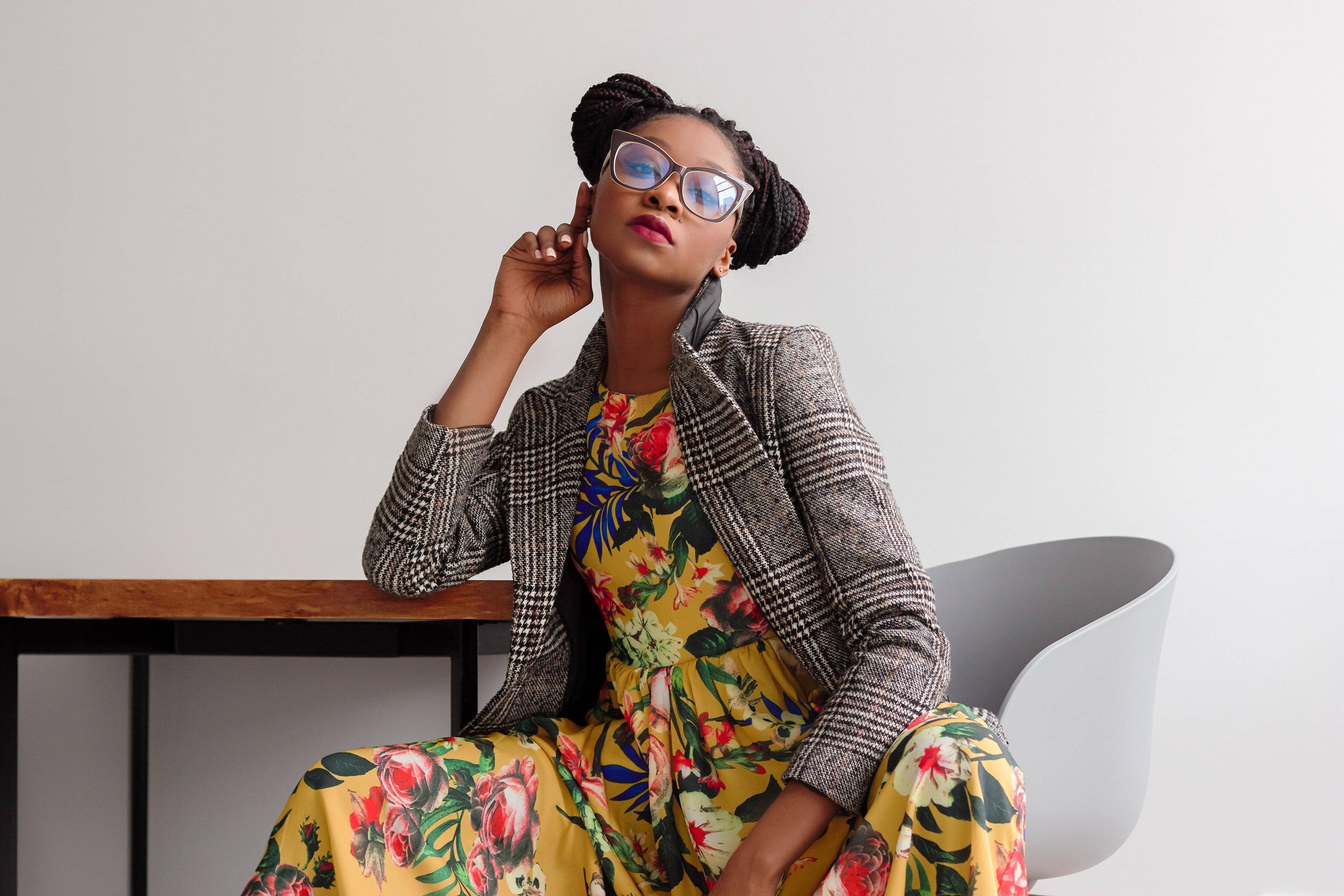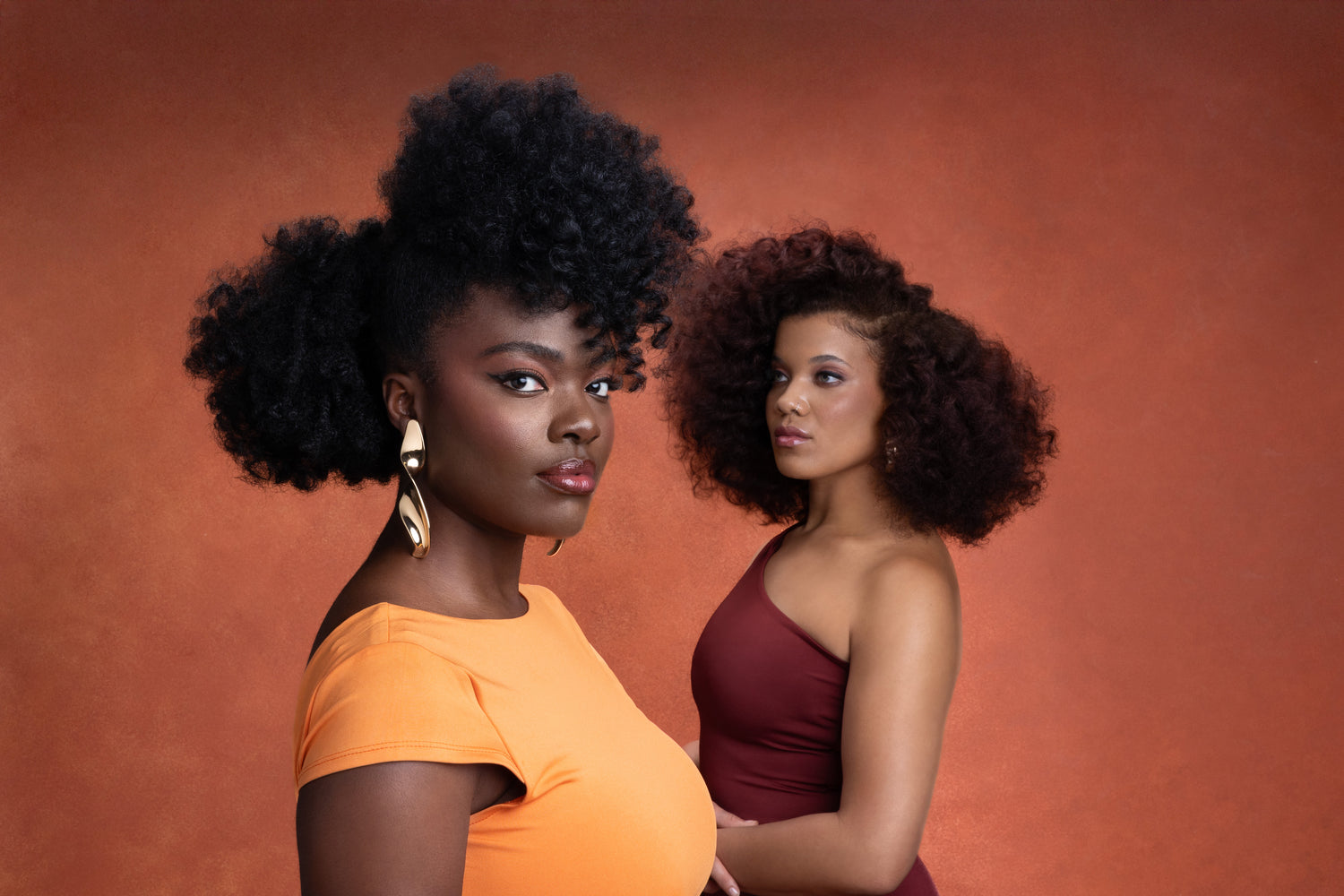This post was originally published on 25th October 2018. Due to its popularity, it was updated with the new tips on 9th July 2020.
A protective style is any style that keeps the ends of the hair tucked away and minimises manipulation. Protective styling gives the ends of our hair a break from nasty weather conditions. These styles tuck away our delicate ends and usually group the strands together. This gives them “safety in numbers” says Audrey Davis-Sivasothy, the author of The Science of Black Hair: A Comprehensive Guide to Textured Hair Care.
When we wear our hair in protective styles, it is less prone to knotting and snagging on clothing or accessories. Our roots and hairline benefit from protective styling as we change where the places of tension are on our scalp.
Do I Have to Use Protective Styles?

Protective styles are an essential part of healthy hair care. They should feature in every natural hair wearer's style rotation, no matter the season. In the colder months, they protect hair from icy winds, rain, snow and frosty air. In the summer months, protective styling prevents sun, wind and water damage if you enjoy water sports. Different weather conditions cause the hair to expand or contract, wearing the fibres of the hair, making it weaker. This leads to damage and often loss of length. Protective styles help to keep hair healthy and allow for noticeable hair growth.
What Types of Protective Styles Are Out There?

Remember when your Mama insisted on you wearing those 6 plaits with baubles instead of wearing your hair out to school? Well, THAT was protective styling. Buns, plaits, chignons, cornrows, Bantu knots and two strand twists are all protective styles.
Low manipulation hairstyles also belong under the umbrella of protective hairdos. These are styles that tuck hair away and don’t require daily retouching. Some common low manipulation hairdos include braids, flat twists, faux locs, cornrows and wigs.
Can I Leave My Hair Alone While Protective Styling?
Does that mean I can leave my weave/wig in for 9 weeks and not do ANYTHING to it for nine weeks? Unfortunately not.
Prepping your hair in anticipation of wearing a protective style is key in your hair routine. This starts with ensuring the hair is clean and free of any prior product build up which otherwise could lead to breakage.
And with the help of Afrocenchix’s newly curated Under The Wig Set and a simple hair routine, you'll have everything you need for healthy hair and a happy scalp.
Protective styles still require some daily and weekly care. Leaving your weave or braids in without any maintenance is counterproductive to wearing a protective style. Neglecting your hair while it is in a protective style is highly likely to damage your hair and no natural has time for that!
Like anything, healthy hair comes down to consistent care. By adding a few protective styles to our hair rotation, we allow it to thrive.
From childhood favourites to creative and sophisticated looks, there is definitely a protective look out there to suit you!
5 Protective Styling Tips
Here are some simple tips you can follow when rocking a protective hairstyle:
- If you opt for braided or twisted extensions be sure that the extensions don’t pull on your hair as this can cause breakage. Ask your stylist not to pull too tightly. Headaches are not a good sign!
- Keep your scalp and hair clean by washing your hair weekly (every 2 weeks if wearing braids/twisted extensions)
- Keep your hair moisturised
- Sleep with a satin bonnet to keep your hair neat and moisturised
- Be bold and express yourself with styling!
Need help finding the right products for protective styling?
Check out our Braid Care set and our newly curated Under The Wig Set.
More Articles:

